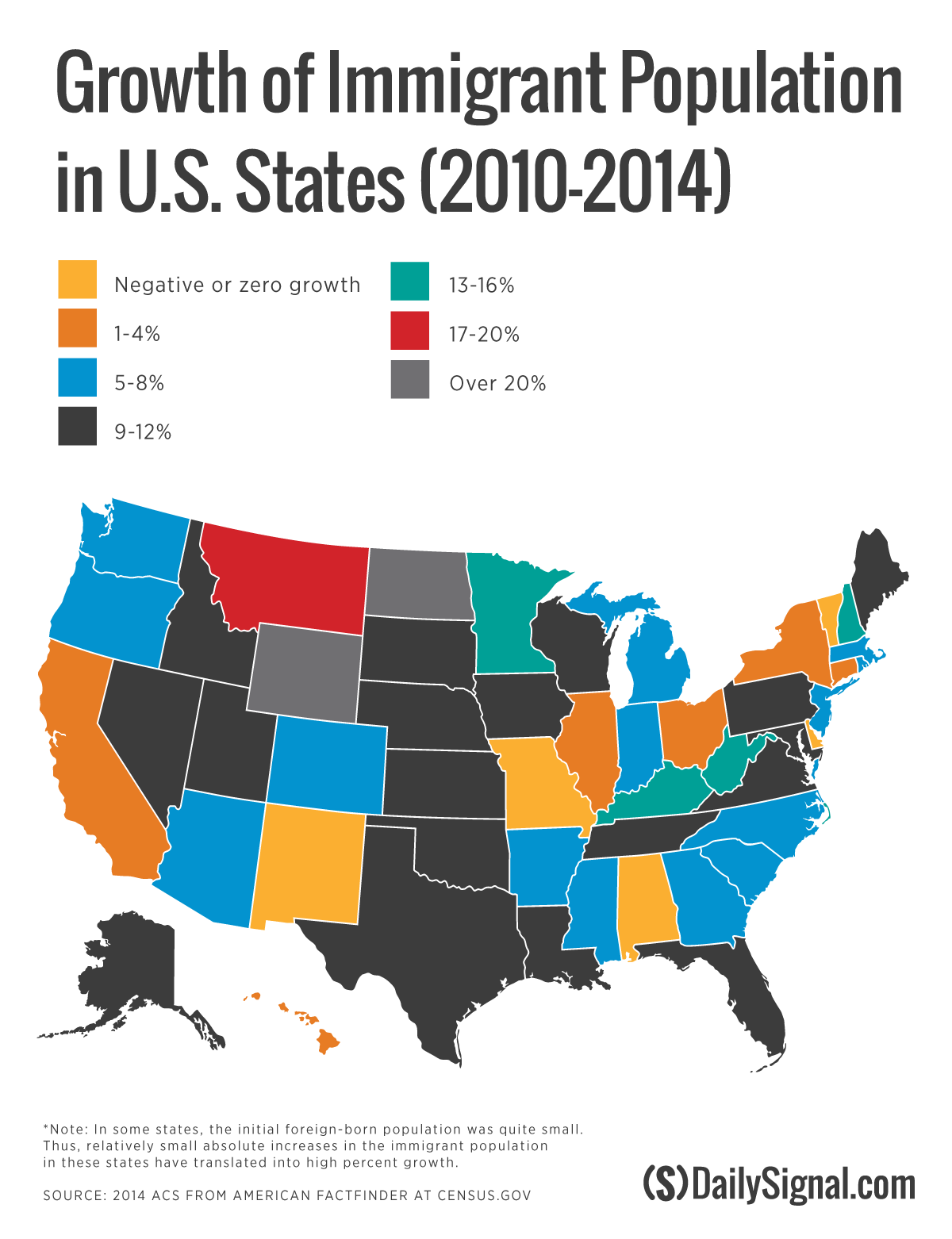Weed’s Value in Economic Development
10.31.2016
Source: Marijuana Policy Group, “The Economic Impact of Marijuana Legalization in Colorado”
Proponents of marijuana legalization often cite its potential to boost states’ tax revenue. It’s an argument that the Foundation finds compelling, as Errors of Enchantment has noted before.
But a new report on the economics of the pot industry in our neighbor to the north supplies another justification: economic development.
The Marijuana Policy Group, a “collaborative effort between researchers from the University of Colorado Boulder Business Research Division and BBC Research & Consulting in Denver,” has crafted “the world’s first marijuana economic impact model,” with the goal of helping Colorado “voters, policymakers, and regulators understand how … legalization impacts the state economy.”
Some of the MPG’s findings:
* With the market — at least for now — totally under the control of the state, nearly “all spending on marijuana flows to workers and businesses within the state.”
* As the above chart indicates, in 2015, legal marijuana supported 18,005 direct, indirect, and induced full-time equivalent jobs in Colorado.
* While workers in retailing “have relatively low average wages and few fringe benefits,” more than 75 percent of industry employment is in other fields, including management, manufacturing, and agriculture specialties.
* Ancillary job-creation is on the rise as the industry matures and boosts demand for “law firms, consultancies, and … professional service providers.”
* In 2015, sales “grew by 42.4 percent, to $996 million.”
Here’s the full analysis. Definitely worth a careful perusal by all working to revive New Mexico’s moribund economy.
If marijuana legalization is inevitable, why not be an “early adopter” — and reap both the fiscal and economic benefits?






























